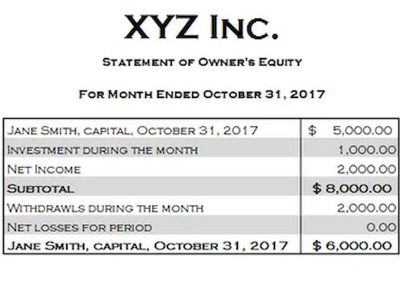
Partial payments can come in many different forms, such as a deposit on a real estate transaction or an upfront payment for a service order. For example, payments may be received with invalid or unclear account information. Other details may also be unclear, such as the amount of the transaction or the payee. However, all transactions require complete and accurate information before they can be entered into the financial records. If you are purchasing an asset that you will not receive until you have paid in full, payment instalments can be placed in a suspense account and moved to an asset account when completed.

These unmatched amounts should not be left in amongst your already-identified transactions. The suspense account gives them a temporary place until they can be properly placed. Suspense accounts and error correction are popular topics for examiners because they test candidates’ understanding of bookkeeping principles so well. A suspense account is a temporary holding account for a bookkeeping entry that will end up somewhere else once the final and correct account is determined. A suspense account is a general ledger account in which amounts are temporarily recorded. The suspense account is used because the appropriate general ledger account could not be determined at the time that the transaction was recorded.
Double Entry Bookkeeping
The suspense account can have a debit or a credit balance, depending on which side the trial balance is short. Another instance in which having a suspense account comes in handy is when a trial balance is out of balance, meaning the debit and credit columns do not match. The term “suspense account” can have several different meanings, depending on the context. In the business world generally, a suspense account is a section of a company’s financial books where it can record ambiguous entries that need further analysis to determine their proper classification. For credit balances larger than debit balances, the difference is recorded as a debit, and for debit balances that are larger than credit balances, the difference is recorded as a credit. If an expense is incurred, the benefit of which is received by more than one account, such an expense can temporarily be placed in a suspense account.
A https://www.bookstime.com/ can also hold information about discrepancies as you gather more data. In any case, every effort should be made to eliminate all unidentified transactions held in the suspense account by the end of the fiscal year, otherwise the annual financial statements will be inaccurate. A customer paid an outstanding $1,000 invoice in two partial payments of $500. While other trial balance errors do exist (e.g., error of omission, commission, principle, original entry, reversal of entries), they do not affect the suspense account.
How is the suspense account balance entered into the general ledger?
If you prefer to opt out, you can alternatively choose to refuse consent. Please note that some information might still be retained by your browser as it’s required for the site to function. Deposits or withdrawals are made for transactions that are yet to be completed.
The necessity for a suspense account stems from the inability to identify the appropriate ledger account for the transaction to be recorded. Adjusting Entries are used to correct mistakes, whereas suspense accounts are useful for temporarily holding transactions until there is enough information to post them. For example, if a bookkeeper is unsure about which account to debit or credit in a transaction, he/she can temporarily place the entry in a suspense account until they receive more information. Suspense accounts are important in accounting because they help filter out transactions that cannot be identified at the time of recording.
Get Your Questions Answered and Book a Free Call if Necessary
A suspense account is essentially a bookkeeping technique for keeping track of funds for a brief period until particular issues are resolved. A business can use a suspense account to record payments it has received but that can’t be properly accounted for until certain missing information (such as an invoice number) is obtained. In mortgage servicing, it is a way for the servicer to record incomplete monthly payments until the borrower has made the payment in full. Brokerage firms also use suspense accounts to, for example, keep track of a customer’s money between the time they sell an investment and when they reinvest that money. The errors which do not involve a suspense account will, when discovered, be corrected by means of a journal entry between the ledger accounts affected.
If you don’t know who made the payment, look at your outstanding customer invoices and find which one matches the payment amount. Contact the customer to verify that it’s their payment and the right invoice. List the suspense account under “Other Assets” on your trial balance sheet. After you make corrections, close the suspense account so that it’s no longer part of the trial balance. A suspense account is an account where you record unclassified transactions. The account temporarily holds entries while you decide how you will classify them.
